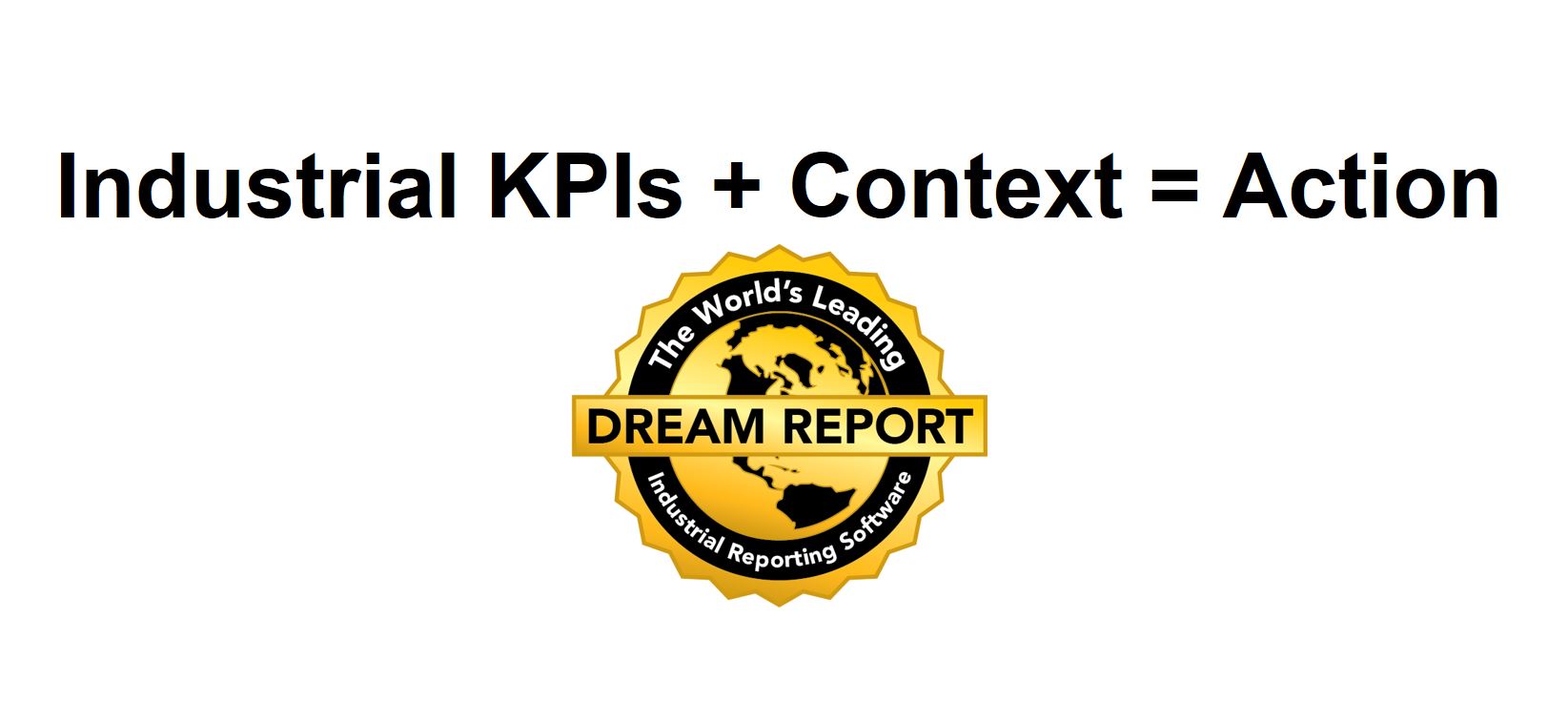 Generating a KPI is a valuable thing. Putting that KPI into Context makes it actionable. That is the challenge of today’s industrial intelligence or industrial business intelligence products.
Generating a KPI is a valuable thing. Putting that KPI into Context makes it actionable. That is the challenge of today’s industrial intelligence or industrial business intelligence products.
There are several challenges in generating high quality industrial business intelligence. Let’s outline some of them:
- Generate “Industrial” statistics – Business solutions are good at counts and currencies while industrial solutions know the intricacies of industrial statistics; meters and PLC Registers roll over, rate variables need to be integrated – not summed, and there are a host of vertical market statistics that need to be supported.
- Automation Data includes TVQ – Time, Value and Quality. If data is Good, use it. If data is Bad, ignore it, and handle it in an established way.
- Data needs aligning for better results. Automation systems don’t always store results at matching time intervals. The statistical combination of variables to generate meaningful results means the proper aligning of samples or interpolated data for calculations.
- KPI results are only useful when they are in context. Most of the time, context is in the mind of the user. The best solutions will deliver context along with KPI results enabling any viewer to draw conclusions from the data.
One of the most challenging aspects of Industrial Business Intelligence is item 4, creating context to make results actionable. This involves creating your KPI, perhaps the result from the last batch, last shift or last month, and then contrasting that result with the previous batch, previous shift or same month last year. Users should take that one step further and calculate the difference, not just in overall terms but as a percentage, and format the results for immediate recognition. If the value is the same (with-in some percentage), use standard formatting. If better or worse, format as Red, Green, Bold or Italic to make it stand out and enhance actionability.
However, creating statistics over current and past data sets compounds the statistics that need to be performed, greatly increasing the data set to analyze and thus lengthening the time it takes to deliver the results. Performing year over year statistics can take tens of minutes to perform depending on data set sizes. Business Intelligence solutions, designed to interactively deliver results may not offer the desired performance. This is where a solution like Dream Report, with its ability to automatically schedule statistics ahead of time, on a schedule of your choosing, and then deliver those results as a report in a portal, an email or an FTP file transfer, has a distinct advantage.
The primary difference between Dream Report and other BI tools is that Dream Report will automatically generate the statistics and dashboards you need to run your business, and will deliver those results instantly when and where you need them. “Automate and Deliver” is the key. Then, through interactive Web Reports, Dream Report will give you the troubleshooting and ad-hoc analysis tools to dig deeper into your data, getting to the root cause of your KPI changes.
Don’t just settle for interactive web based ad-hoc analysis tools. Select a solution that will automate and deliver your data, doing the work for you, in addition to providing ad-hoc analysis and troubleshooting interfaces. That’s Dream Report.

